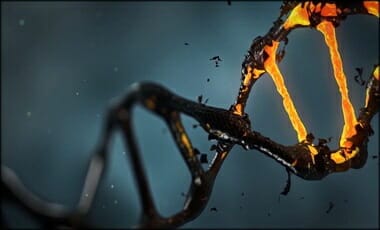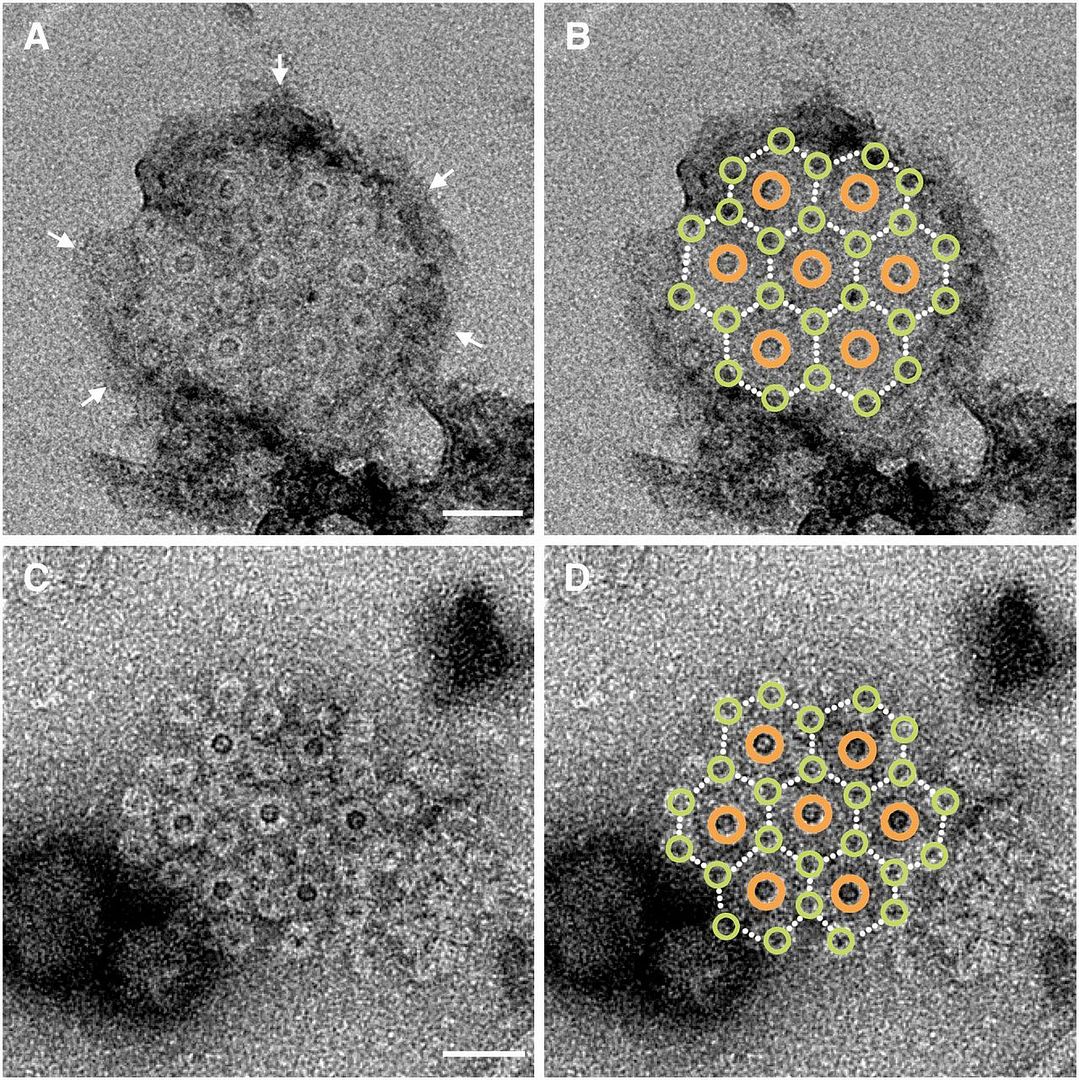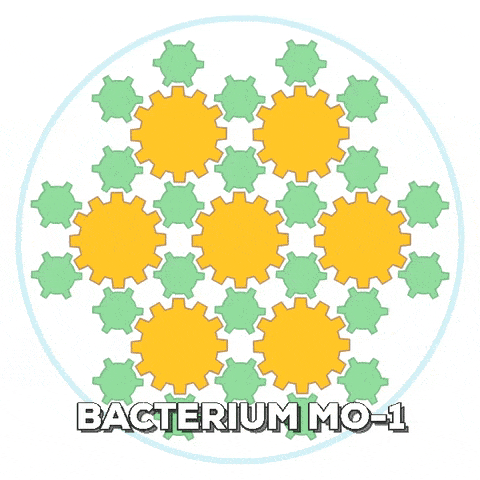- the theory has been attacked on the grounds that many aspects of nature fail to show any evidence of intelligent design, such as “junk” DNA — R. T. Pennock (2002)
First, this is with a hat-tip to WINTERY KNIGHT! BTW, I posted on this many years back (jump below to my imports). Here is the video WK posted and then I will add more from him and my old posts.
VIDEO DESCRIPTION
Is the idea of junk DNA this one of the biggest mistakes in science in our lifetime? Only about 1% of our DNA codes for proteins, so what is the other 99% doing? Many evolutionary scientists over the years insisted that the non-protein coding DNA is largely junk, but intelligent design theorists predicted function will be prevalent throughout our genome. Guess which prediction turned out to be right?
Learn how scientists have discovered that the vast majority of our genome has function in this installment of the “Codes of Life” mini-series produced as part of the “Long Story Short” show on YouTube.
Find out more about scientific challenges to evolution. Download a free copy of the mini-book “Top 10 Scientific Problems With Evolution” here: TOP TEN PROBLEMS w/EVOLUTION. This free digital mini-book reviews the scientific literature and shows there are powerful scientific challenges to core tenets of Darwinian theory.
The key ideas here are this, Evolutionists predicted one thing. Intelligent Design proponents, another (EVOLUTION NEWS):
- …evolutionists predicted that, in line with their premise of a randomly generated genome, DNA would turn out to be full of Darwinian debris, playing no functional role but merely parasitic (atheist Richard Dawkins’s term) on the small portion of functional DNA.
- Proponents of intelligent design said the opposite. William Dembski (1998) and Richard Sternberg (2002) predicted widespread function for the so-called “junk.” After all, as a product of care and intention, the genome ought to be comparable in a way with products of human genius, with every detail there for a reason.
For instance, here is an article that John Woodmorappe wrote in 2002:
More and more noncoding DNA, long considered ‘junk DNA’, has eventually been found to be functional. Hardly more than a few months pass by and there is not another scientific paper demonstrating function for some form of junk DNA. As summarized in this article, there is also growing evidence that at least some pseudogenes are functional. It should be stressed that pseudogenes, unlike other so-called junk DNA, have long been burdened not only with the ingrained belief that they lack function, but also the additional onus of having supposedly lost a function. In addition, consider the following preconception relative to protein-coding genes in general:
‘Considerably less analysis of this type has been performed on coding regions, possibly because the bias present from the protein-encoding function represented as nucleotide triplets (codons) promotes the general assumption that secondary functionality is present infrequently in protein coding sequences.’
[….]
Against the backdrop of the customary negative opinion of pseudogenes, there have always been a few individuals who anticipated their functional potential. McCarrey (1986) et al. were probably the first to suggest that pseudogenes can be functional in terms of the regulation of the expression of its paralogous genes. They noted that the sense RNA transcribed by a gene could be effectively removed by hybridizing (forming a duplex) with the antisense RNA produced by the paralagous pseudogene. In addition, an otherwise nonfunctional peptide unit translated by the pseudogene could inhibit the peptide translated by the gene. They likened these processes to a buffered acid-base titration. As described below, their ideas proved prophetic.
Inouye apparently independently realized the same possibility for pseudogenes (1988)….
Of course, me being no scientist could also read the writing on the wall, similar to vestigial organs. Here are those old posts of mine:
Both posts are from Friday, June 15, 2007
Evolution Predicts “Junk”… Intelligent Design Predicts “Treasure”
A long trail of refuse is what has been left behind by the theory of evolution. From the many deaths because evolutionary theory taught that tonsils were vestigial, to stalled insight into the appendix. Now we have years lost in the study of what was known as “Junk DNA.” Many years ago I debated that this will be found not to be junk, but will be shown to be useful, and after the first Scientific American article about “Junk DNA” not being Junk DNA, I was using it as an example to bolster the Intelligent Design argument:
For instance you can find a response here that I wrote in March of 2005:
This is originally from VOLCONVO, a debate forum I graced many years ago, now defunct, under:
philosophy-religion/4153-global-myths-evolution-spin-off-3
It is nice to see more and more INFORMATION (pun intended) come out on this, and the prediction made by Intelligent Design leaders in 1994! (Taken from EVOLUTION NEWS article):
As far back as 1994, pro-ID scientist and Discovery Institute fellow Forrest Mims had warned in a letter to Science against assuming that ‘junk’ DNA was ‘useless.'” Science wouldn’t print Mims’ letter, but soon thereafter, in 1998, leading ID theorist William Dembski repeated this sentiment in First Things:
[Intelligent] design is not a science stopper. Indeed, design can foster inquiry where traditional evolutionary approaches obstruct it. Consider the term “junk DNA.” Implicit in this term is the view that because the genome of an organism has been cobbled together through a long, undirected evolutionary process, the genome is a patchwork of which only limited portions are essential to the organism. Thus on an evolutionary view we expect a lot of useless DNA. If, on the other hand, organisms are designed, we expect DNA, as much as possible, to exhibit function. And indeed, the most recent findings suggest that designating DNA as “junk” merely cloaks our current lack of knowledge about function. For instance, in a recent issue of the Journal of Theoretical Biology, John Bodnar describes how “non-coding DNA in eukaryotic genomes encodes a language which programs organismal growth and development.” Design encourages scientists to look for function where evolution discourages it.
(William Dembski, “Intelligent Science and Design,” First Things, Vol. 86:21-27 (October 1998)
If these scientists were coming from the perspective that everything was “designed” to begin with, they wouldn’t merely write off unknowns as “junk.”
10:13 PM
Killing in the Name of Darwin
The Dangers of Darwinism
People use to have their tonsils pulled whenever they were slightly inflamed. In the 1930’s over half of all children had their tonsils and adenoids removed. In 1969, 19.5 out of every 1,000 children under the age of nine had undergone a tonsillectomy. By 1971 the frequency had dropped to only 14.8 per 1,000, with the percentage continuing to decrease in subsequent years. Most medical authorities now actively discourage tonsillectomies. Many agree with Wooley, chairman of the department of pediatrics at Wayne State University, who was quoted in one study as saying: “If there are one million tonsillectomies done in the United States, there are 999,000 that don’t need doing.”
In the Medical World News (N. J. Vianna, Peter Greenwald, and U. N. Davies, September 10, 1973, p.10), a story stated that although removal of tonsils at a young age obviously eliminates tonsillitis (the inflammation of the tonsils) it may significantly increase the incidence of strep-throat and even Hodgkin’s disease. In fact, according to the New York Department of Cancer Control: “…people who have had tonsillectomies are nearly three times as likely to develop Hodgkin’s Disease, a form of cancer that attacks the lymphoid tissue” (Lawrence Galton, “All Those Tonsil Operations: Useless? Dangerous?”Parade, May 2 (1976), pp. 26ff).
Ken Miller, 13 years ago, said,
- “the designer made serious errors, wasting millions of bases of DNA on a blueprint full of junk and scribbles. Evolution, in contrast, can easily explain them as nothing more than failed experiments in a random process.” (ARN and UNCOMMON DECENT)
The SCIENCE DAILY article that the above ARN article links to has this to say:
“This impressive effort has uncovered many exciting surprises and blazed the way for future efforts to explore the functional landscape of the entire human genome,” said NHGRI Director Francis S. Collins, M.D., Ph.D. “Because of the hard work and keen insights of the ENCODE consortium, the scientific community will need to rethink some long-held views about what genes are and what they do, as well as how the genome’s functional elements have evolved. This could have significant implications for efforts to identify the DNA sequences involved in many human diseases.”….
….The ENCODE consortium’s major findings include the discovery that the majority of DNA in the human genome is transcribed into functional molecules, called RNA, and that these transcripts extensively overlap one another. This broad pattern of transcription challenges the long-standing view that the human genome consists of a relatively small set of discrete genes, along with a vast amount of so-called junk DNA that is not biologically active.
Thanks to the design theorists who predicted this outcome for the Intelligent Design theory, and for showing how this revelation refutes the prediction (yet again) that we should see if evolution is true. That is, useless genes and DNA.
10:34 PM
SEE OTHER POSTS HERE ON MY .COM:
- Gregory Koukl Interviews Stephen Meyer on a Myriad of Topics (2012)
- Pseudogenes Predicted To Fail by Creationists (Updated w/Appendix) (2016)
- Meanderings on Atheism, Darwinism, and Science (2016)
- MYTH: Human/Chimpanzee Similarities (2018)
- Junk DNA: Evolutionary Arguments Helping Prove God (2018)
- Junk DNA and Genetic Comparisons of Chimps and Humans (2023)



